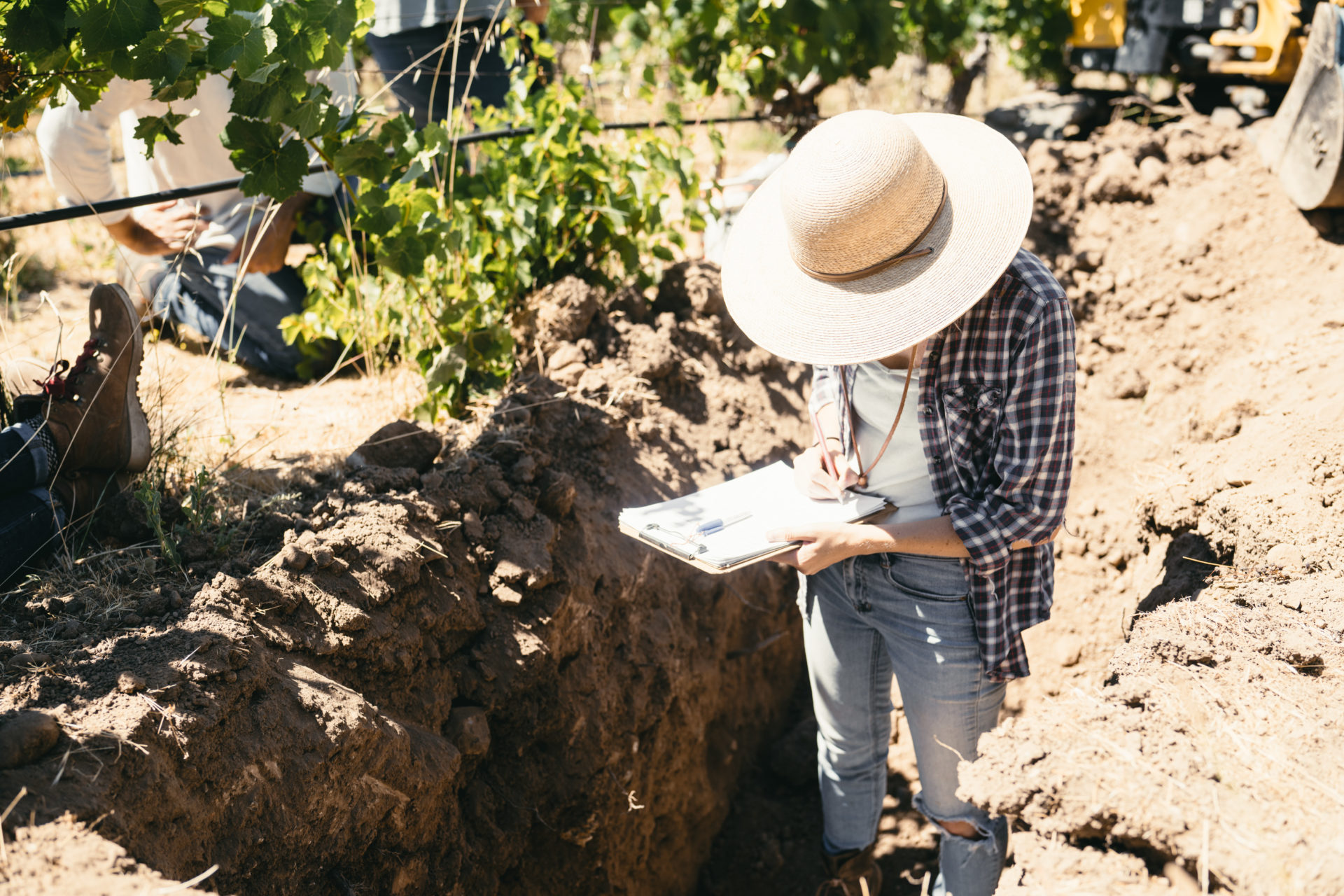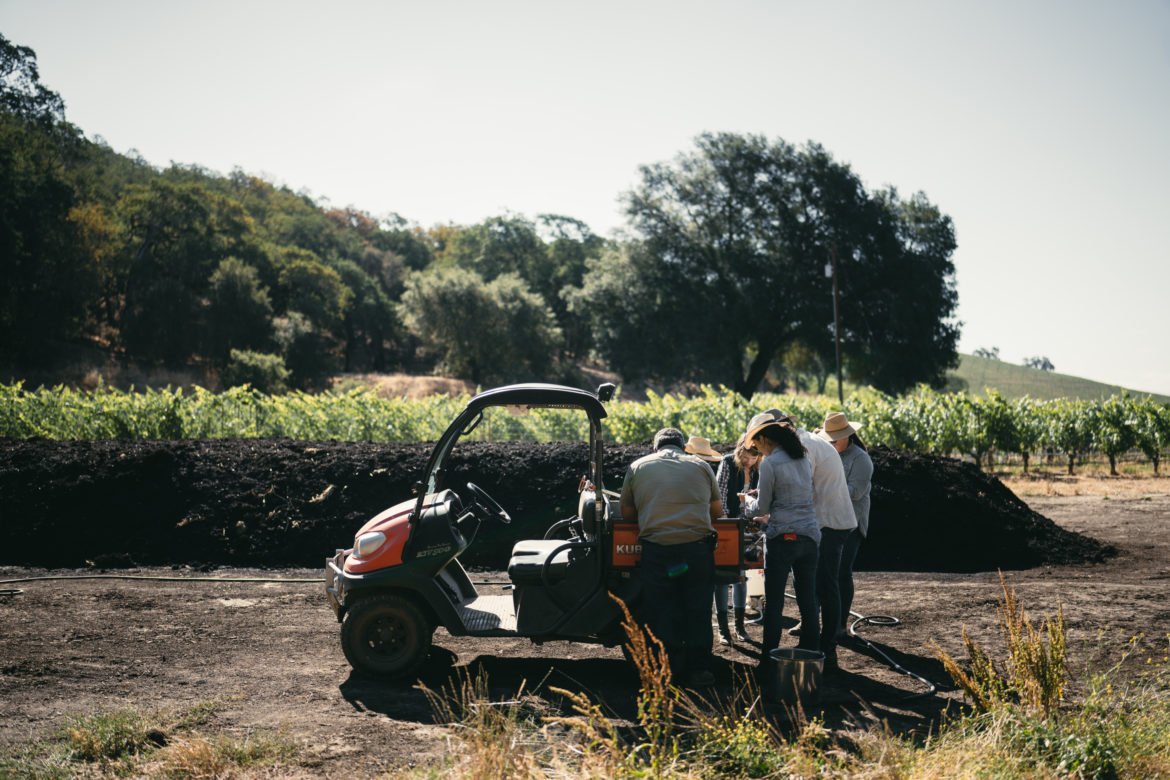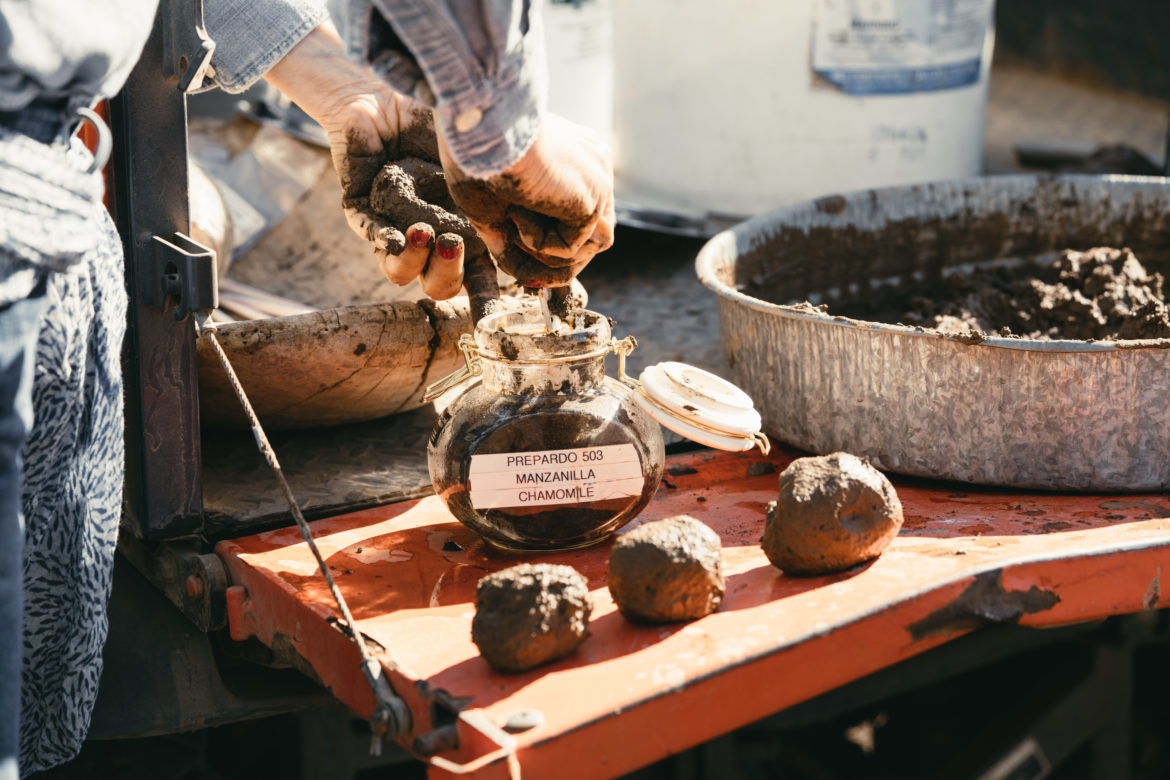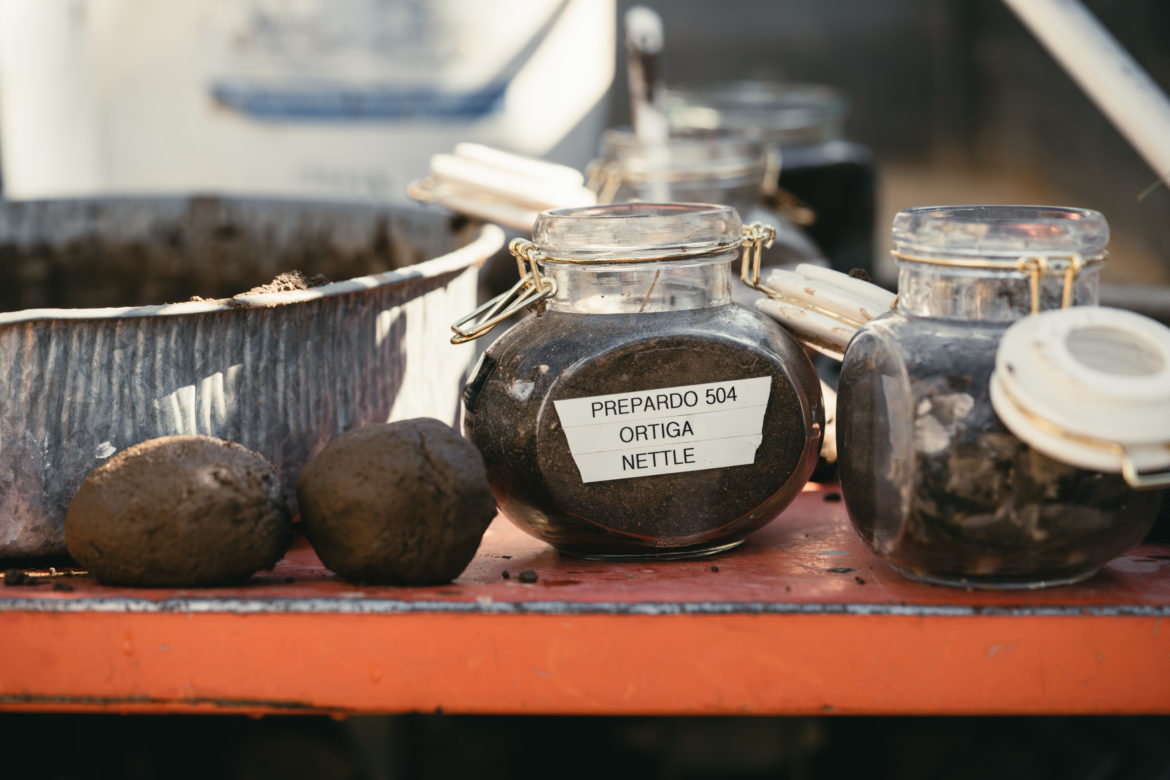
Becoming Quintessa
The blue oaks growing throughout the estate are testaments to its formation. It was the vision of Valeria Huneeus to not only respect these majestic trees, but to retain every single one on the property, many of which have been rooted here for centuries.
These oak forests inform the character of Quintessa as much as they influence the distinctive flavors of the wine. They have taught us that we are doing more than just farming vineyards—we are stewarding the health of the entire estate. They have also inspired us to go deeper into our study of the property so that we may better support its longevity. Our time here is brief compared with the geological and climatic activity that formed the rolling slopes and bench lands of this place. Yet, that activity continues to shape what is possible, inspiring us to study the geological history and soils found here
The soils and slopes of Quintessa form its essential complexity. They comprise the sub-surface ecosystem that vine roots call home. The texture, moisture and nutrients of the soils all influence not only how the vines grow, but also the character of the wines they produce. As we have come to understand this diversity, we have also honed how we make the wine. Our eastern hills harbor some of our oldest geology, the purest volcanic soils. Here, rolling slopes lift a pale, light ash formed more than five million years ago in the same activity that originally formed the Vaca Range. We have come to discover that the dry, powdery texture of the volcanic ash can be felt in the tannin character of the wine grown in these eastern hills.
In turn, we have learned to lighten our approach in the cellar to reduce extraction and preserve the pronounced aromatics of these hillsides. Wines grown here tend to be ethereal and highly fragrant. Like the soils of the area, they offer a chalky texture and profound persistence. We think of these wines as linear and focused, vibrant and full of length.
Through the center of Quintessa, the middle hills include this same volcanic ash, mixed through with an uplift of sedimentary and volcanic stones. A conglomeration of quartz, obsidian and chert appear alongside ash mixed through a brown clay loam. The vines here are consistently healthy. Their roots grow deeply and their canopies are lush and full from year to year, across a range of growing conditions. These middle hills of the estate offer the most consistent wine quality and have helped form the heart of every vintage of Quintessa. Wine from these slopes deliver complex flavor well balanced by structure and pleasing texture.
To the west stand the tallest hills of the estate. Here, soils have volcanic and sedimentary complexity without the ash found to the east. These western slopes reveal a deep red loam with more iron content than other areas of the vineyard. The iron-rich character can be felt in the wines grown in the west. A distinctive ferrous accent and flavors of graphite are hallmarks of the wines of these hills. They also offer a focus on tannin with a tight, energetic core. This area reliably delivers structure for Quintessa.
The far western side of the estate hugs the river. Here, the bench is entirely alluvium deposited over centuries with textural variations between fine-grained silt and gravels found in curved bands, reflecting the natural turns of the river over time.
We have taken care to get to know the soil diversity unseen beneath the surface. These vines of the bench do very well in cooler and wetter vintages, offering both power on the palate and persistence. Improving our knowledge of the geological history and the varied soils of the estate, we have come to grasp the profound diversity within Quintessa. This has helped hone our blending process, bringing together the expressions of these discrete parts of the property into one beautiful, final wine.
Recognizing this diversity has also made us better farmers and stewards of our beautiful grounds. We are more in-tune as winemakers, able to bring the qualities of the hillsides and the bench forward into the cellar to respect and reflect the distinctive voice of Quintessa.



